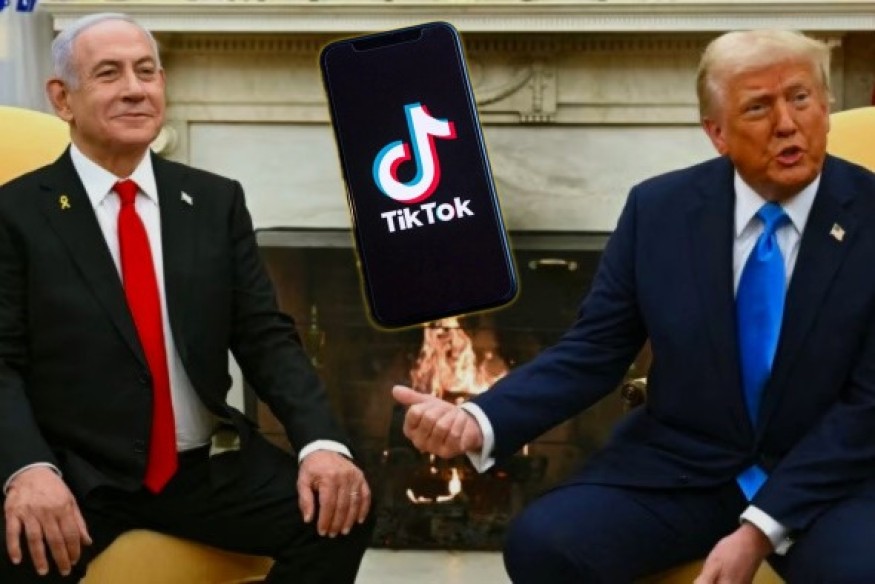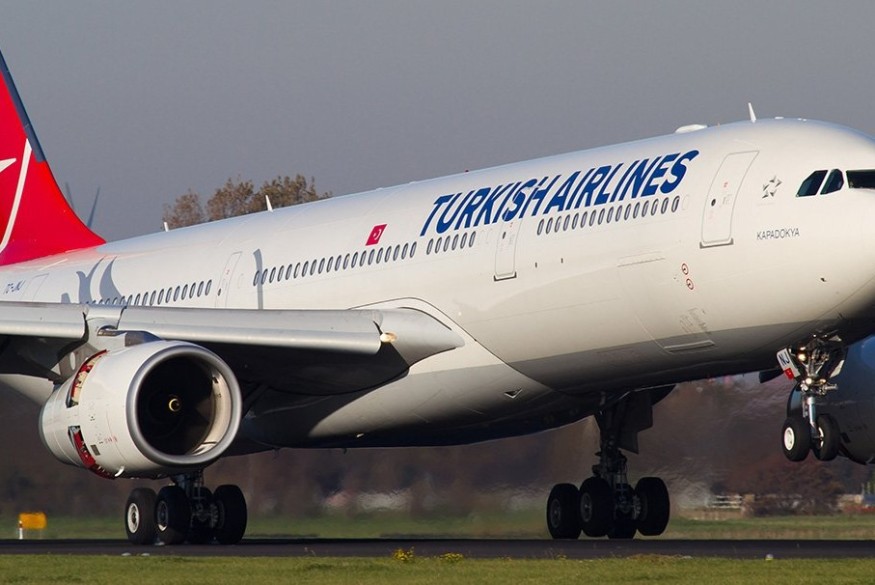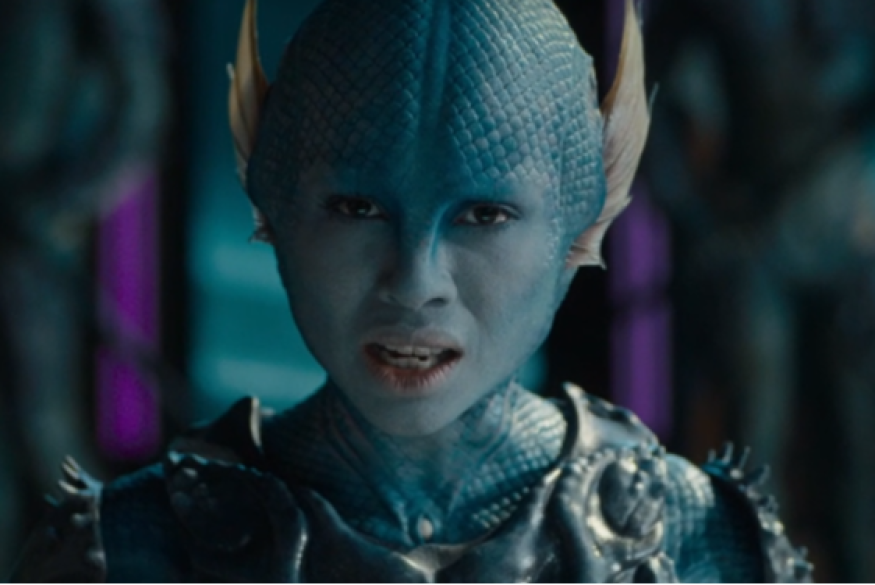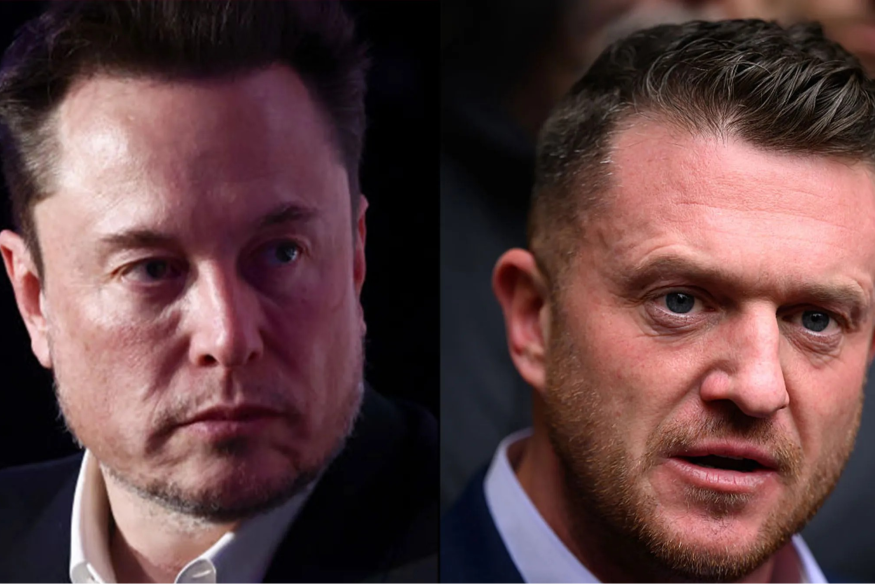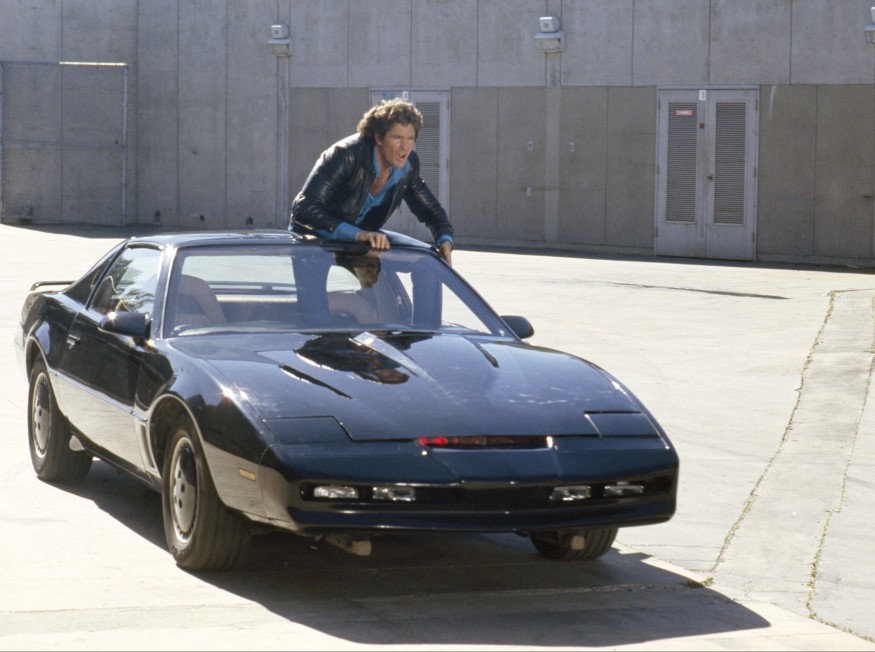
August 02, 2025
By JamRadio Tech & Culture Desk
Before Siri spoke, before Teslas drove themselves, and before smartwatches buzzed with alerts — there was KITT, the Knight Industries Two Thousand. And there was Michael Knight, the leather-jacketed lone crusader who didn’t just fight crime — he previewed the future.
A Show Ahead of Its Time
Premiering in 1982, Knight Rider wasn’t just an action TV show. It was a technological prophecy. The show imagined a world where a man could speak to his car through a wristwatch, receive real-time updates, and command an artificially intelligent autonomous vehicle with radar scanning systems, weapons detection and advanced communications — long before dial-up internet was even a household word.
“Knight Rider foresaw a world where machines weren’t just tools — they were partners,”
says Warren Boutin of Scifi Dimensions, who credits the show with blending Western hero tropes with emerging tech optimism.
Smartwatch Communication — Decades Early
Michael Knight’s wrist communicator was essentially a smartwatch — complete with voice commands, two-way communication, and remote-control functions. In an era when mobile phones were bricks and pagers were cutting-edge, this was pure sci-fi. Today, Apple Watches and Android wearables mirror that functionality — minus the turbo boost.
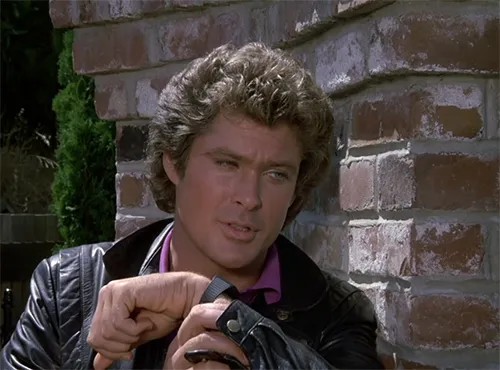 Michael Knight (David Hasselhoff) speaks to KITT (an Ai powered assistatant built into his car) via his wrist watch
Michael Knight (David Hasselhoff) speaks to KITT (an Ai powered assistatant built into his car) via his wrist watch
Autonomous Driving & AI Companionship
KITT wasn’t just self-driving — he was self-aware. The car could:
- Navigate roads autonomously
- Scan environments using radar-like sensors (a precursor to LiDAR)
- Engage in complex conversations
- Make ethical decisions
Modern vehicles now boast lane assistance, adaptive cruise control, autonomous driving and AI-powered voice assistants — all echoes of KITT’s capabilities.
Intelligence Without Internet
Perhaps most astonishing: KITT operated in a world without cloud computing or mobile networks. His intelligence was local, embedded, and vast but depended on systems updates via pit-stops — a concept now revisited through connected edge computing and onboard AI in autonomous systems.
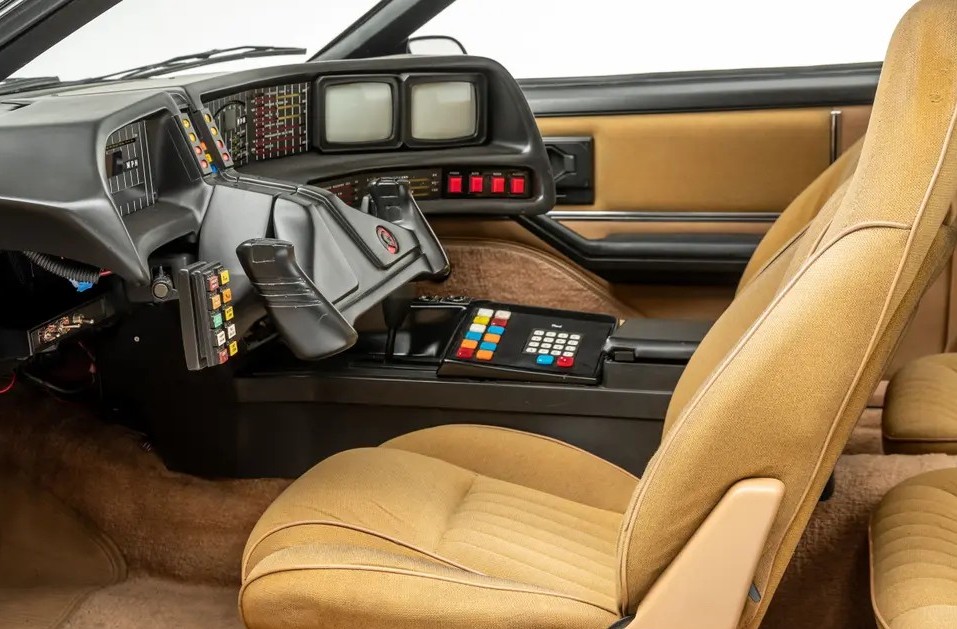
Video Calling & Surveillance
Episodes featured two-way video calls, facial recognition, and remote surveillance — long before Zoom, FaceTime, or Ring doorbells. KITT’s dashboard was a command centre, foreshadowing today’s smart home integrations and vehicle infotainment systems.
Advertisement
Cultural Legacy
The show’s creator, Glen A. Larson, drew inspiration from Westerns and spy thrillers — but layered it with technological optimism. Michael Knight wasn’t just a vigilante — he was a symbol of human-machine collaboration, a theme now central to debates on AI ethics and autonomy.
Knight Rider didn’t just entertain — it inspired engineers, futurists, and dreamers. From Elon Musk’s neural networks to Apple’s wearable tech, the DNA of KITT runs deep.
Follow us on:

